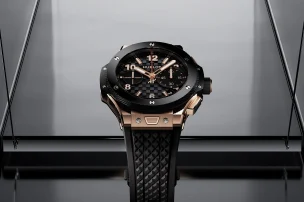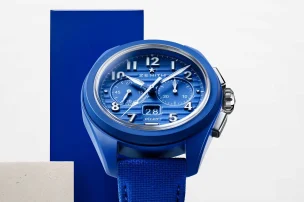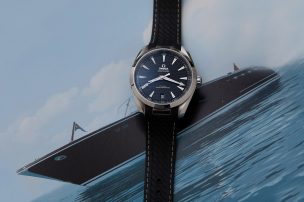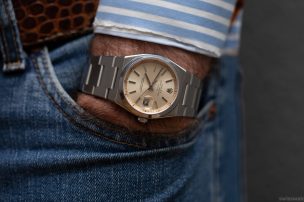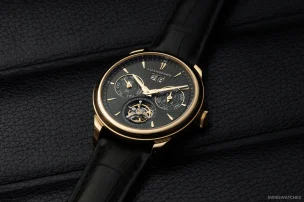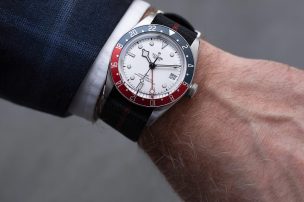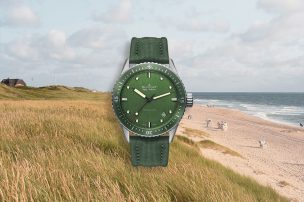

Bulgari And The Disruptive Elegance From Italy – Interview With Jonathan Brinbaum (Managing Director Watch Business)
Bulgari and disruptive innovation – do they go together? After speaking with Jonathan Brinbaum from Bulgari at Watches & Wonders 2025, I believe they absolutely do. Add a touch of dolce vita and Italian elegance, and the picture becomes complete.
Founded in Rome in 1884 by Greek silversmith Sotirio Bulgari, the brand – now part of the LVMH Group since 2011 – draws heavily on the symbolic legacy of Greco-Roman mythology. True to its origins, Bulgari still proudly refers to itself as a jeweller, known for bold and daring high jewellery creations.
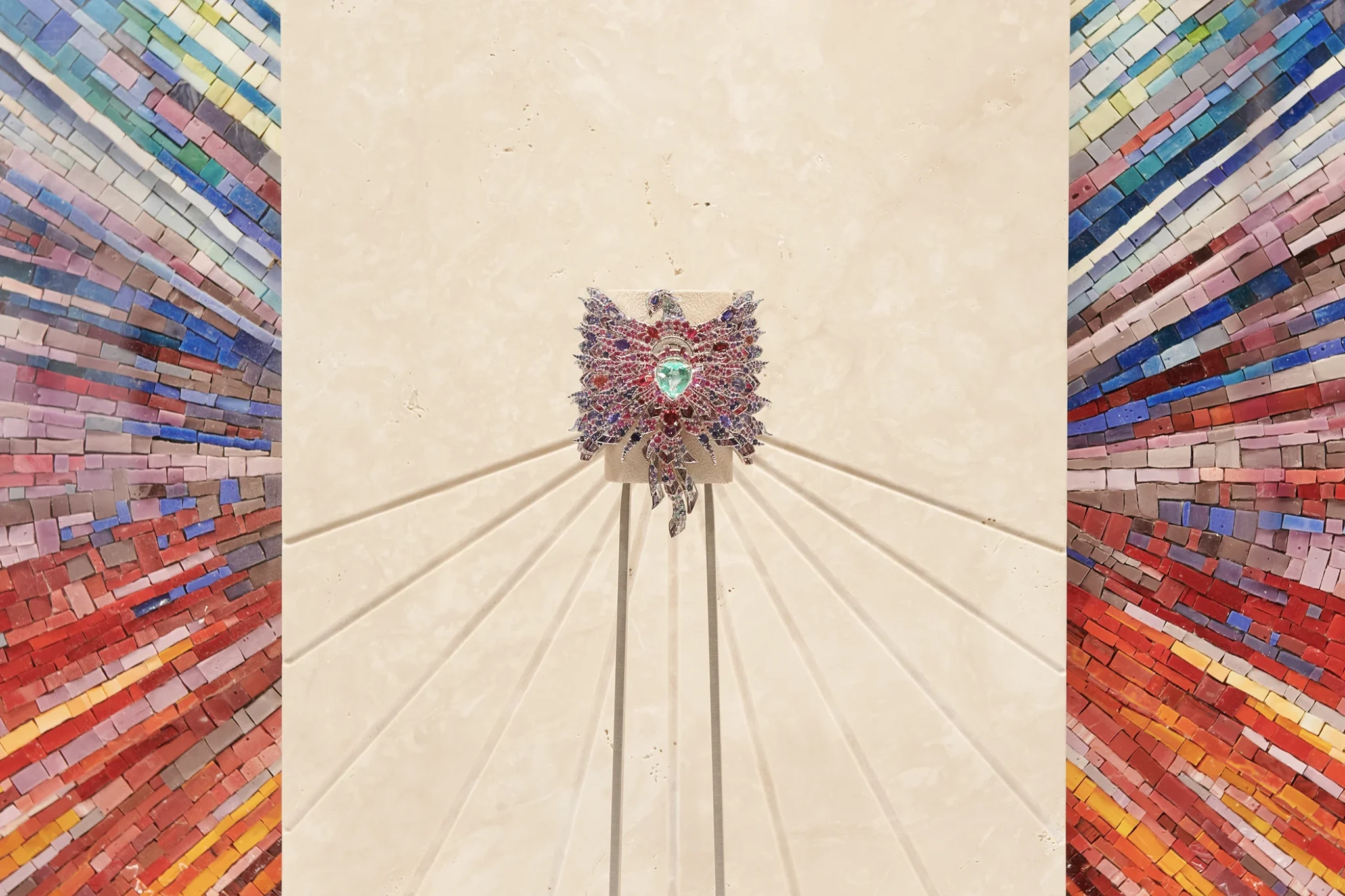
What may come to mind first is luxurious opulence expressed through exquisite materials, rather than a sober focus on cutting-edge horological technology. And yet, the brand has included watches in its portfolio since the 1920s and took a decisive step in 1982 with the establishment of its own watchmaking unit: Bulgari Time.
In 2000, Bulgari acquired the Gerald Genta and Daniel Roth brands from The Hour Glass in Singapore – a move that also brought a wealth of technical expertise and a manufacture in Le Sentier. In 2005, Bulgari secured a majority stake in dial maker Cadrans Designs and bracelet producer Prestige d’Or, followed by the acquisition of components manufacturer Leschot in 2007 and case specialist Finger in 2008.
This laid the groundwork for the brand’s transformation into a fully fledged manufacture with the highest level of technical know-how. Ten world records in ultra-thin watchmaking since 2014 speak for themselves – most recently with the “Octo Finissimo Ultra Tourbillon”.
That said, Bulgari continues to cultivate its tradition of ornate excellence. The brand’s art lies in weaving together these two worlds: the technical and the ornamental. This holds true even for seemingly opposing watchmaking universes, such as the “Octo Finissimo” – which reclaimed the world record for the thinnest tourbillon watch this year – and the serpentine grandeur of the “Serpenti” collection. What unites them is Italian elegance, the courage to innovate, and the drive to transcend boundaries.
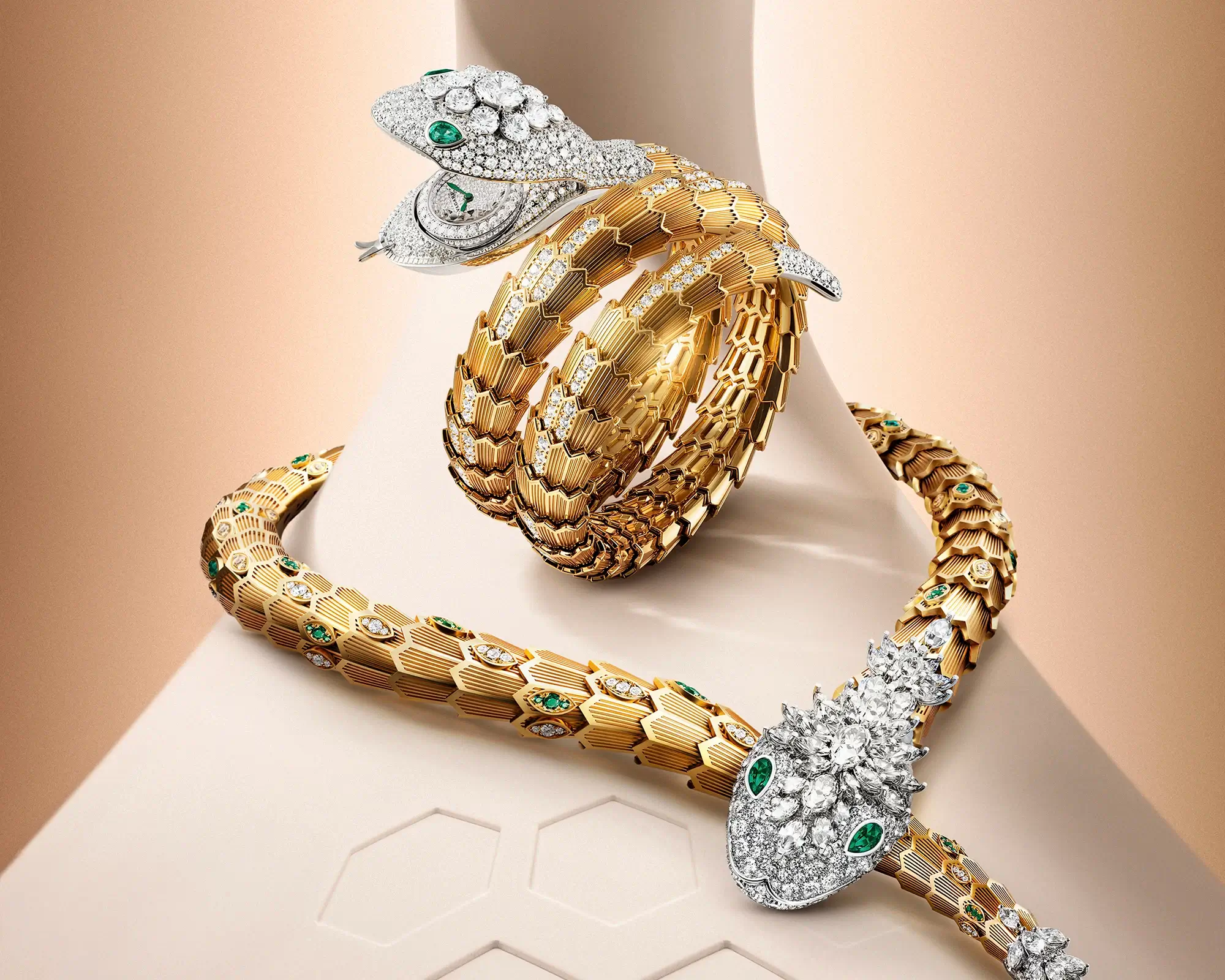
This philosophy shaped Bulgari’s debut appearance at Watches & Wonders 2025 in Geneva, where I sat down with Jonathan Brinbaum, Managing Director Watch Business since September 2024. He has been with Bulgari since 2015, spending most of that time in the fragrance division.

For the first time this year, Bulgari is exhibiting at Watches & Wonders. After three days, what is your impression?
It is a significant milestone for Bulgari to be here. We are deeply grateful to now be part of this unique community of high-end watchmaking brands.
Over the past ten years, Bulgari has made major efforts to develop its horological expertise and establish its legitimacy as a true manufacture. And this is the perfect moment to demonstrate to the world – through our booth in the shape of a Roman temple – that we belong to the elite circle of watchmakers.
Nonetheless, many end customers still associate Bulgari first and foremost with jewellery. Does that bother you?
Not at all – quite the opposite. You see, Bulgari was indeed, for a long time, a jeweller that happened to produce watches.
But what we have accomplished in the field of watchmaking over the past decade clearly shows that we are now a true watch manufacturer. If you ask around in the industry, no one would dispute that. Just think of our ten world records for ultra-thin movements and timepieces. We have also launched twelve new calibres during this period. Now, we are gaining recognition for our miniaturisation expertise as well – the latest example being the BVS100 Lady Solotempo.
The time has come to tell the world about Bulgari as a watchmaker.
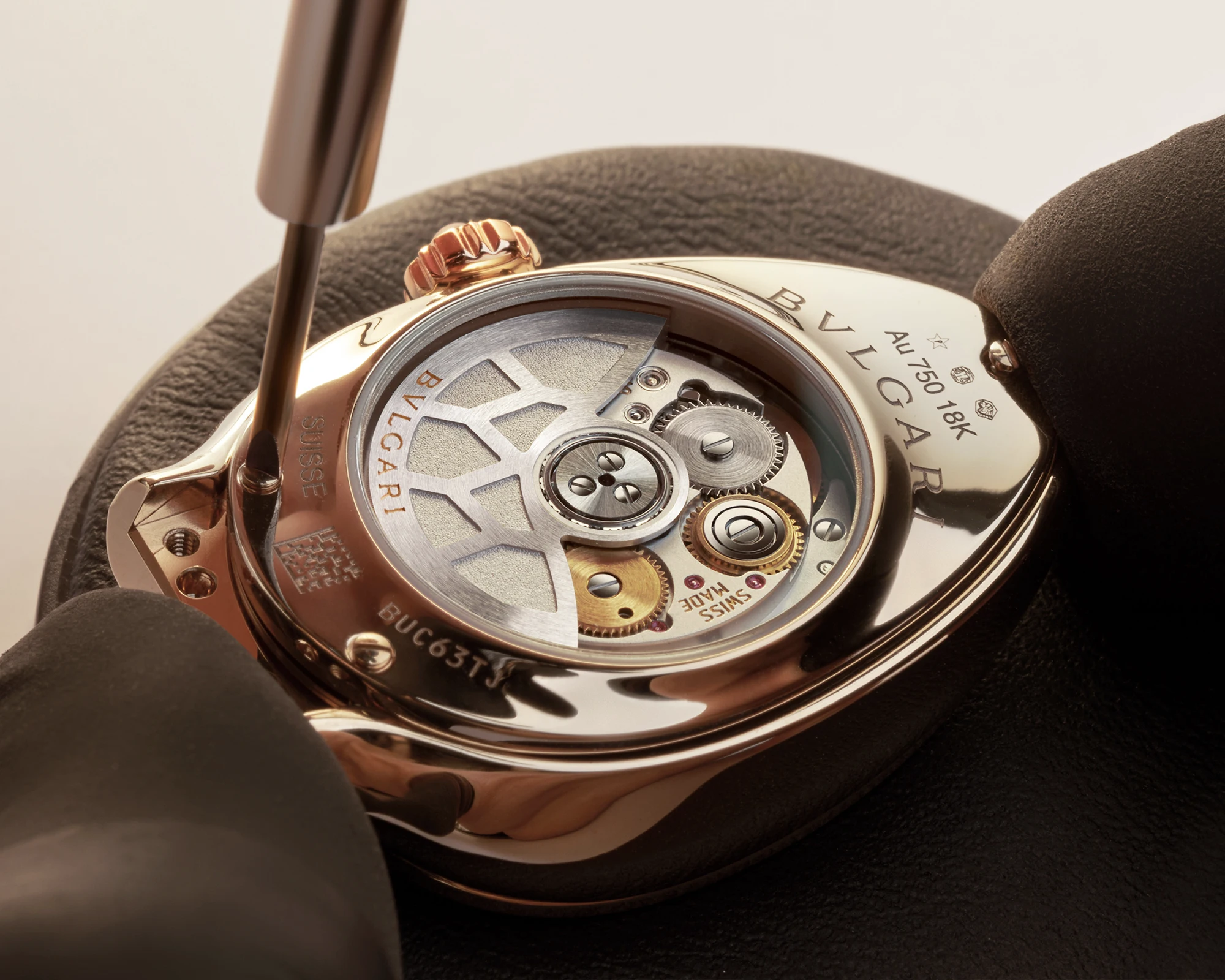
With its international reach and its recent opening to the general public, Watches & Wonders is certainly the ideal platform. Apart from the Bulgari stand, what would you recommend visitors make sure not to miss?
To me, the entire Watches & Wonders fair is a wonderful showcase of creativity. I find the Carré des Horlogers particularly inspiring. It allows you to move quickly from one horological universe to the next – and that’s incredibly refreshing. All of these creators, technicians and artisans defy boundaries and express great freedom in what they create. It’s fantastic to witness so many different perspectives and visions in terms of innovation and design.

That said, of course, every visitor should absolutely stop by the Bulgari stand – our Roman temple. Another stunning presentation is Van Cleef & Arpels; very poetic indeed. It reminds me of the world of fragrance, which is where I worked before moving into watches. That’s why I’m especially receptive to emotion and storytelling around a product.
You just mentioned – you come from the world of fragrance. What is the biggest difference compared to the world of watchmaking?
I’ve been fascinated by watchmaking since I was a child, and I’ve also had a long-standing passion for fragrances.
I’ve been with Bulgari for ten years now, and the philosophy of the brand has always revolved – regardless of the product – around boundless creativity and the Eternal City of Rome, with all its stories and symbols, as an inexhaustible source of inspiration. That is the overarching idea that connects all segments of the Bulgari universe.
Whatever one offers in the world of luxury, it always comes down to emotion. Perfume, to me, represents pure emotion – it serves no function other than to evoke feelings.
Similarly, you can only sell a watch worth 50,000 euros if it stirs something emotionally. On top of that – and I approach this with great humility – there is the outstanding technical mastery demonstrated by our watchmakers.
We give them the time they need. Our watchmakers work on a creation for up to eight months, assembling as many as 1,000 components into a single timepiece while continually devising new innovations.
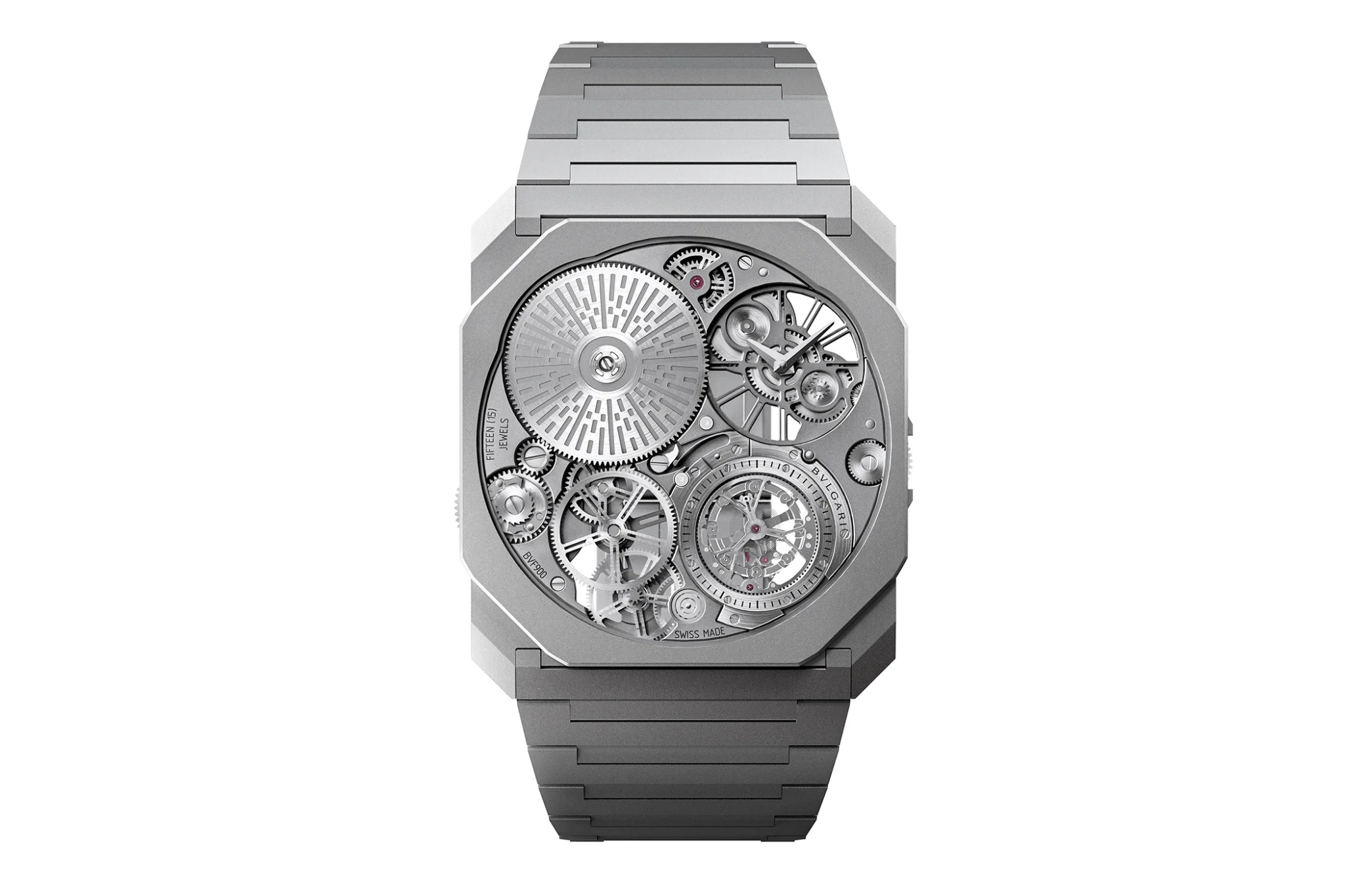
…and achieving world records such as the new ‘Octo Finissimo Ultra Tourbillon’.
Exactly. You really need to see and hold this watch in person. It’s incredible – it weighs just 40 grams, measures only 1.85 millimetres in height, and features six different finishing styles.
Its unique skeletonisation sets it apart from other ultra-thin watches. Yet it remains highly functional and easy to operate. To ensure optimal legibility, we’ve unified the hour and minute display.
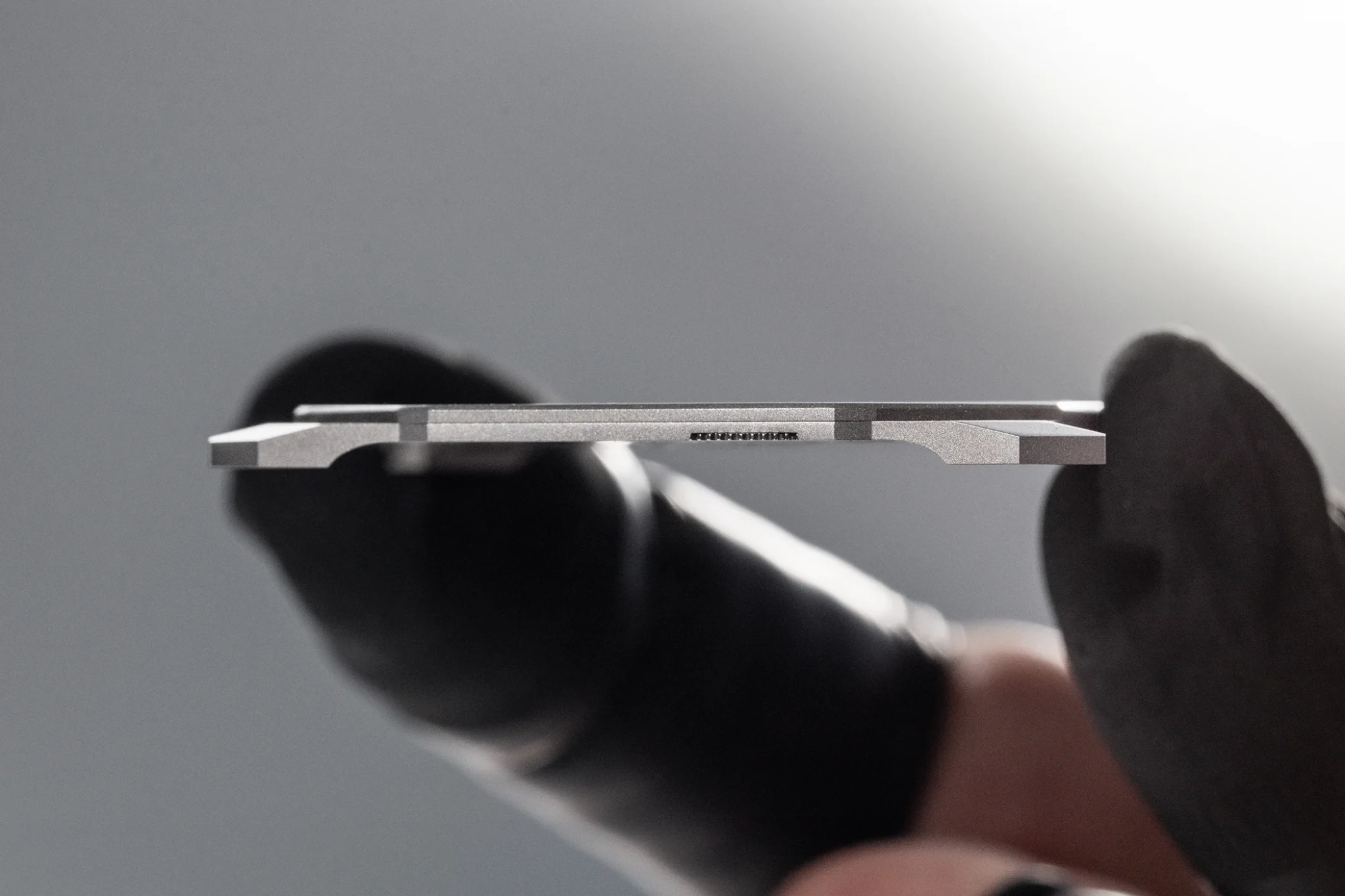
When I hold it in my hand, I almost feel afraid I might damage it – it seems so delicate.
There’s no need to be afraid. The Octo Finissimo Ultra Tourbillon is made to be worn. For example, we’ve used tungsten carbide – one of the strongest materials available. And from a technical perspective, we’ve rethought many aspects. We reversed the tourbillon cage, re-engineered the crystal, and redesigned how the strap integrates into the case. To achieve a power reserve of over 40 hours, we also restructured the entire barrel architecture.
So we weren’t dealing with a single challenge – there were many. Every time you change even the smallest element by the tiniest amount, it immediately affects another part of the construction.

Have you reached the limit of thinness with the Octo Finissimo Ultra Tourbillon? Or might we see a new record next year?
You know, ten years ago, when we launched the Finissimo Tourbillon, the movement was 1.95 millimetres thick – thicker than the entire Octo Finissimo Ultra Tourbillon is today.
At that time, I wasn’t yet part of Bulgari’s watchmaking division. But I spoke with editors, journalists and other people in the industry, and everyone said, “Wow, 1.95 millimetres – that’s the limit for a mechanical movement of this kind.” And now, ten years later, we’ve managed to reduce the total height of the entire watch by 0.1 millimetres.
So, I wouldn’t venture to predict where the limit might actually lie. What I can say, however, is that chasing world records is not the end goal in itself. These records emerge naturally from our development process, because we constantly strive to push the boundaries of what’s possible. That’s part of our DNA.
We’re always trying to do things others don’t – or believe to be impossible. And then we say: we’ll make it possible. I can promise you that we will continue to surprise you in the future.
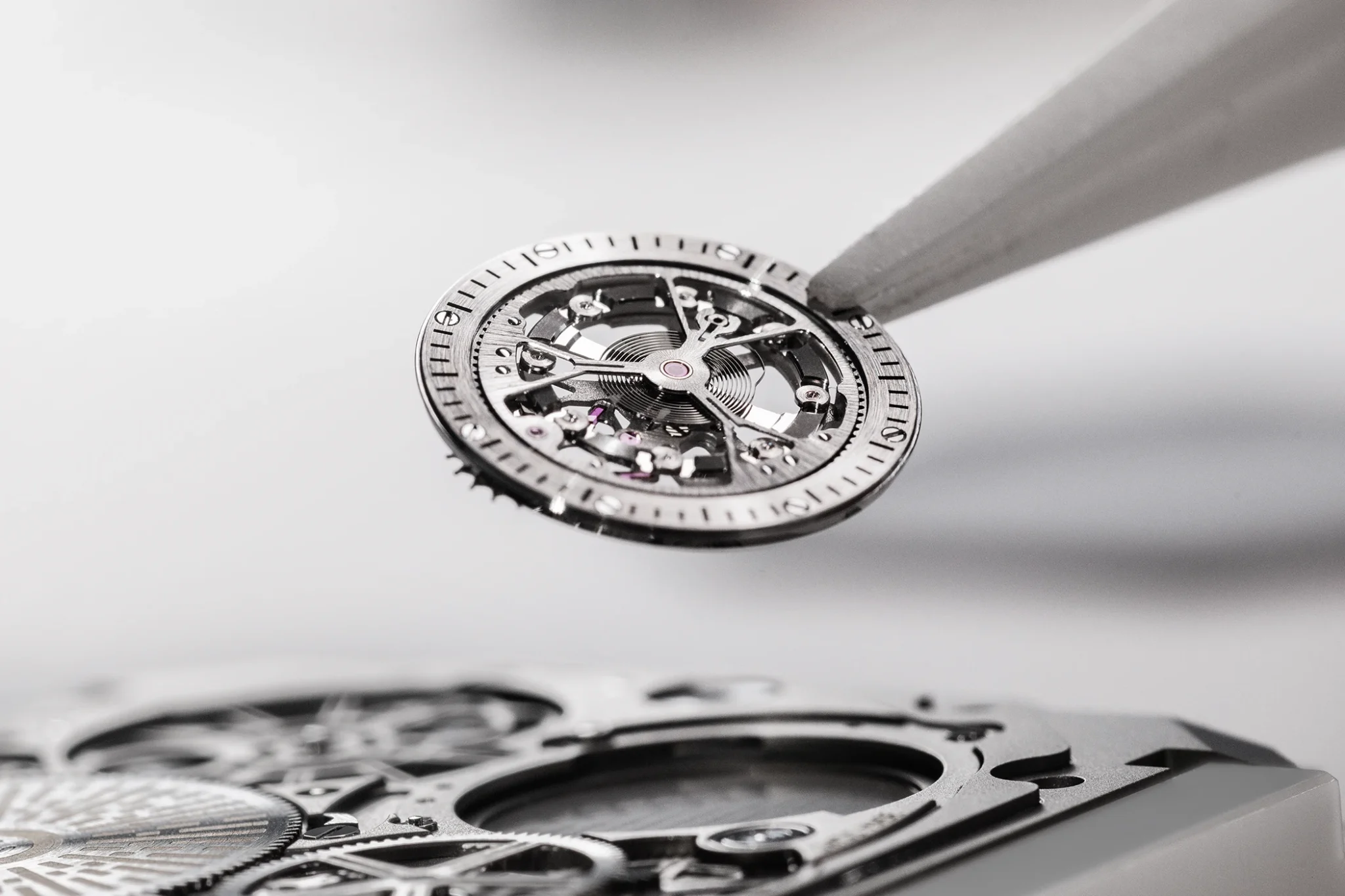
From a technical standpoint, that’s highly impressive. But what role do such records play in Bulgari’s business?
It’s most certainly a business. The Octo Finissimo Ultra Tourbillon is priced at around 700,000 euros, and the edition is limited to 20 pieces. And we will sell every single one.
Beyond that, it shines a spotlight on the entire Octo Finissimo range, as achievements like this demonstrate the depth of our horological expertise – which influences the entire collection. And that doesn’t only apply to thinness, but also to miniaturisation, which is increasingly being integrated into our popular Serpenti women’s line. Innovations such as those seen in the Octo Finissimo Ultra Tourbillon are a bit like alchemy – they radiate throughout the entire collection, without ever compromising the brand’s DNA.
You mentioned the “Serpenti” and thus Bulgari’s world of jewellery watches. How does this align with the very technical world of the Octo Finissimo?
That’s where the outstanding talent of Fabrizio Buonamassa Stigliani comes into play – our Product Creation Executive Director – who manages, despite all technical challenges, to always place our signature Italian design at the forefront.
We are one of the few maisons with an in-house Creative Director who remains constantly close to our products. Fabrizio sketches daily concepts of how the future of the Octo might look. That means it’s never just about engineering and records – design always plays a central role.

It took nine months, for instance, to develop the Octo Finissimo Ultra Tourbillon based on our previous record-breaking watches. That also involved finding the right design and proportions to express our design heritage.
The creative process never stops and always builds a bridge to the symbols of our Roman roots – such as the serpent from Greco-Roman mythology. That’s how we bring icons of the past back to life. We combine this with innovation and modern craftsmanship – merging Swiss watchmaking with Italian jewellery artistry.
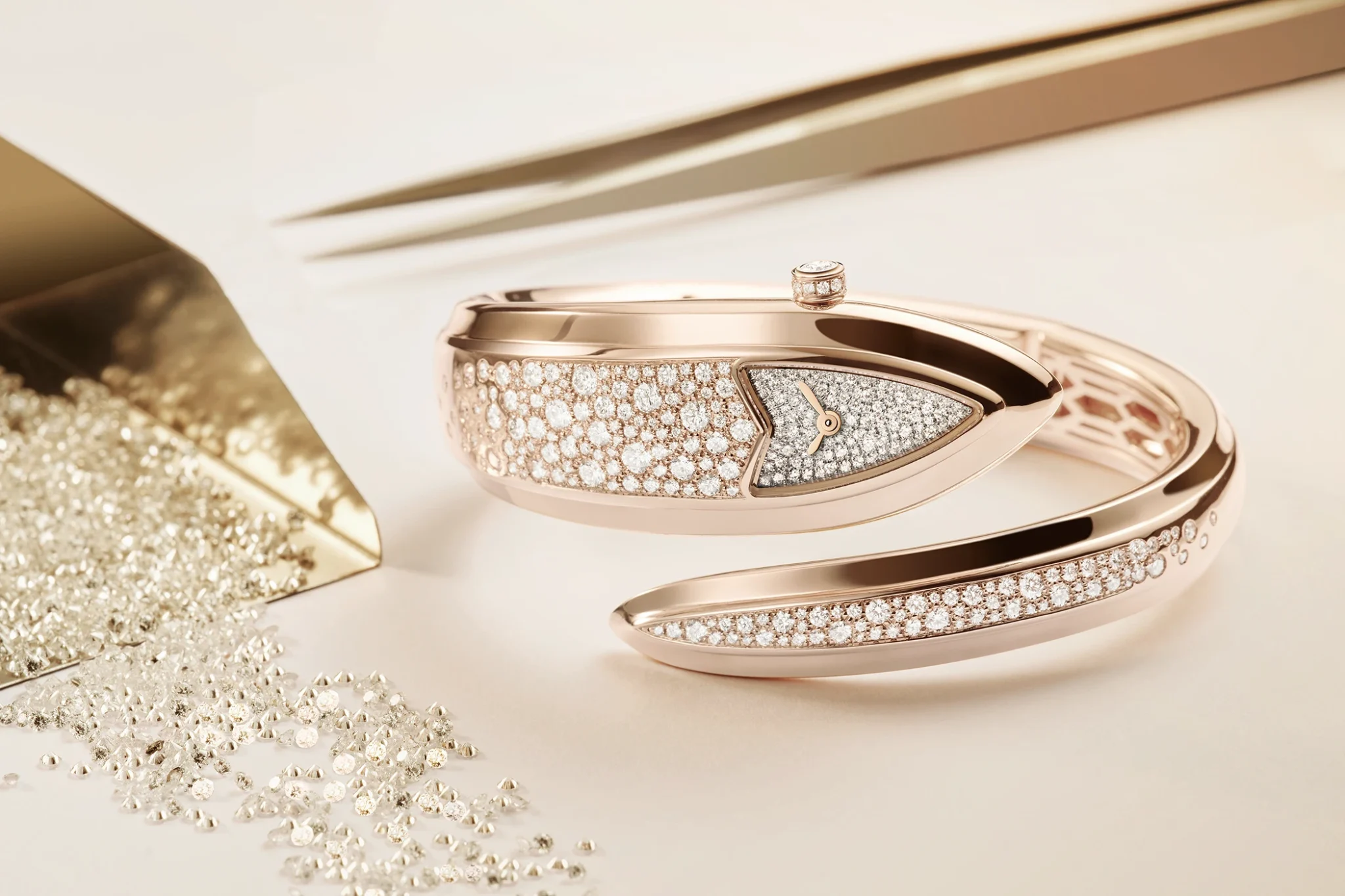
One example of the latter is the new Serpenti Aeterna, which not only reinterprets the snake motif in a contemporary way and houses the Lady Solotempo mechanical movement at its heart. The sophisticated bracelet is equipped with a highly innovative clasp. From the outside, it’s invisible, but it’s an intricate mechanism that can be opened and closed millions of times, still feeling as soft to use after 50 years as it did on day one. That was a major challenge.
Speaking of snakes, the symbol of the Serpenti women’s collection: you’ve recently said that women are increasingly interested in mechanical timepieces. Yet most of Bulgari’s women’s watches are still quartz.
There’s a very exciting development happening right now, which aligns perfectly with Bulgari. We have the horological expertise to craft high-end mechanical watches – and we create genuine women’s watches, which not many manufacturers do.
Specifically for such pieces, we launched the aforementioned Lady Solotempo earlier this year. It’s one of the world’s smallest automatic calibres, especially considering its power reserve. As with the Octo Finissimo Ultra Tourbillon, we used tungsten carbide – in this case, for the rotor.
The material’s density enables the excellent power reserve. With this movement, we’re addressing women who care about what’s inside their timepiece and don’t want to wear a downsized or bejewelled men’s model.
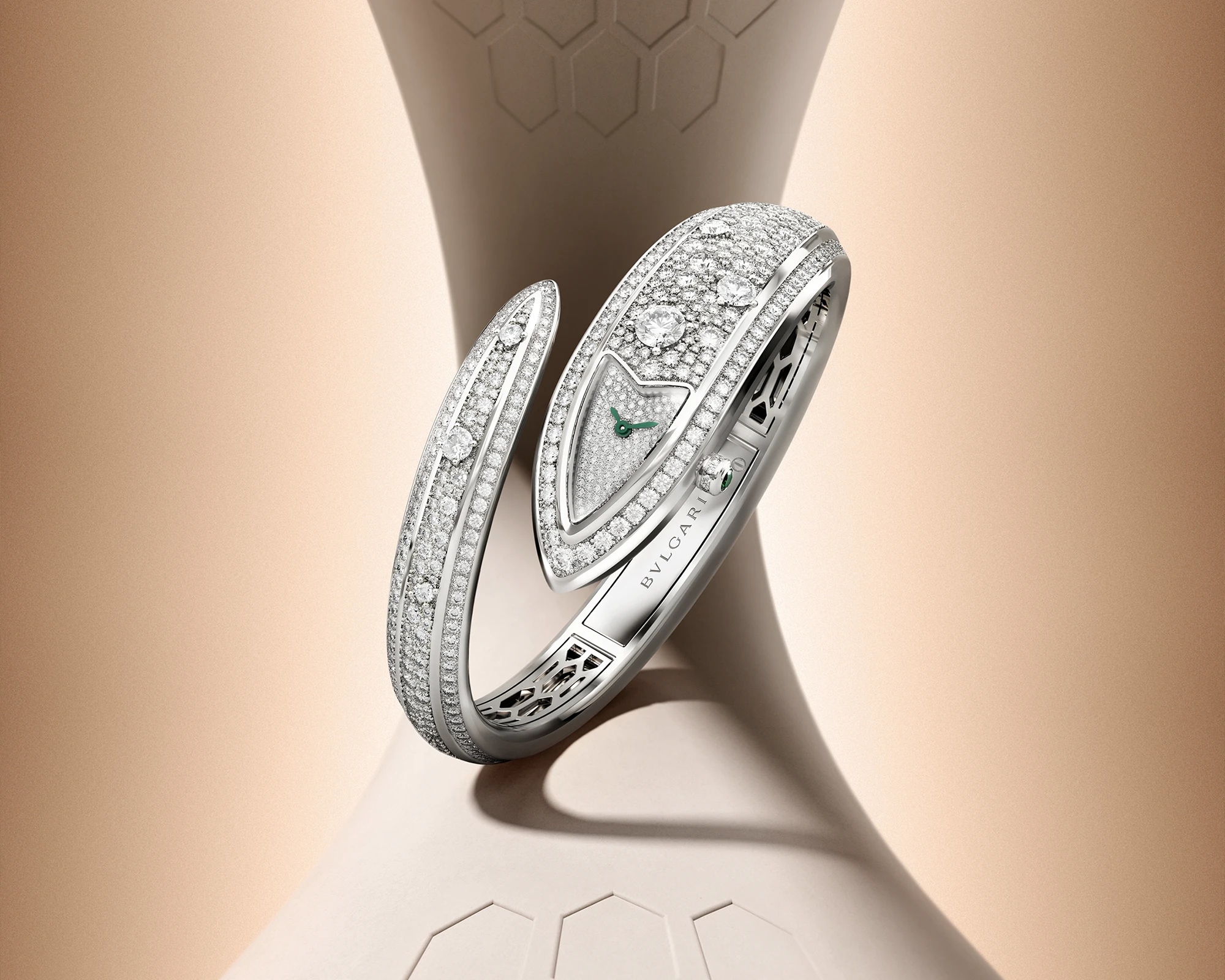
With the Serpenti Aeterna, for example, we merge technical expertise with a design conceived entirely with women in mind. After all, for women, the combination of horology and jewellery artistry often comes more naturally than it does for men.
Of course, we’ll continue to offer quartz watches for women as well – they’re highly accurate and wonderfully practical.
So, women are an important target group in the watch market?
Absolutely. I firmly believe that the future of watchmaking will be heavily influenced by women – and that this will lead to even greater versatility. Women approach the supposed rules of watch design with more freedom, and this mindset is also influencing men. You can already see that men are once again embracing smaller case sizes, while many women continue to wear larger men’s watches.
As you know, I come from the world of fragrance. And in that world, gender-specific distinctions disappeared years ago.
Now, in the world of watches, I feel very comfortable staying true to Bulgari’s icons and design language while also being allowed to be disruptive and innovative. That combination fuels curiosity, versatility, and creativity.

